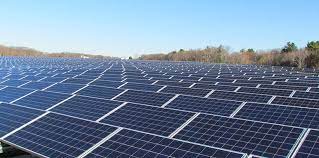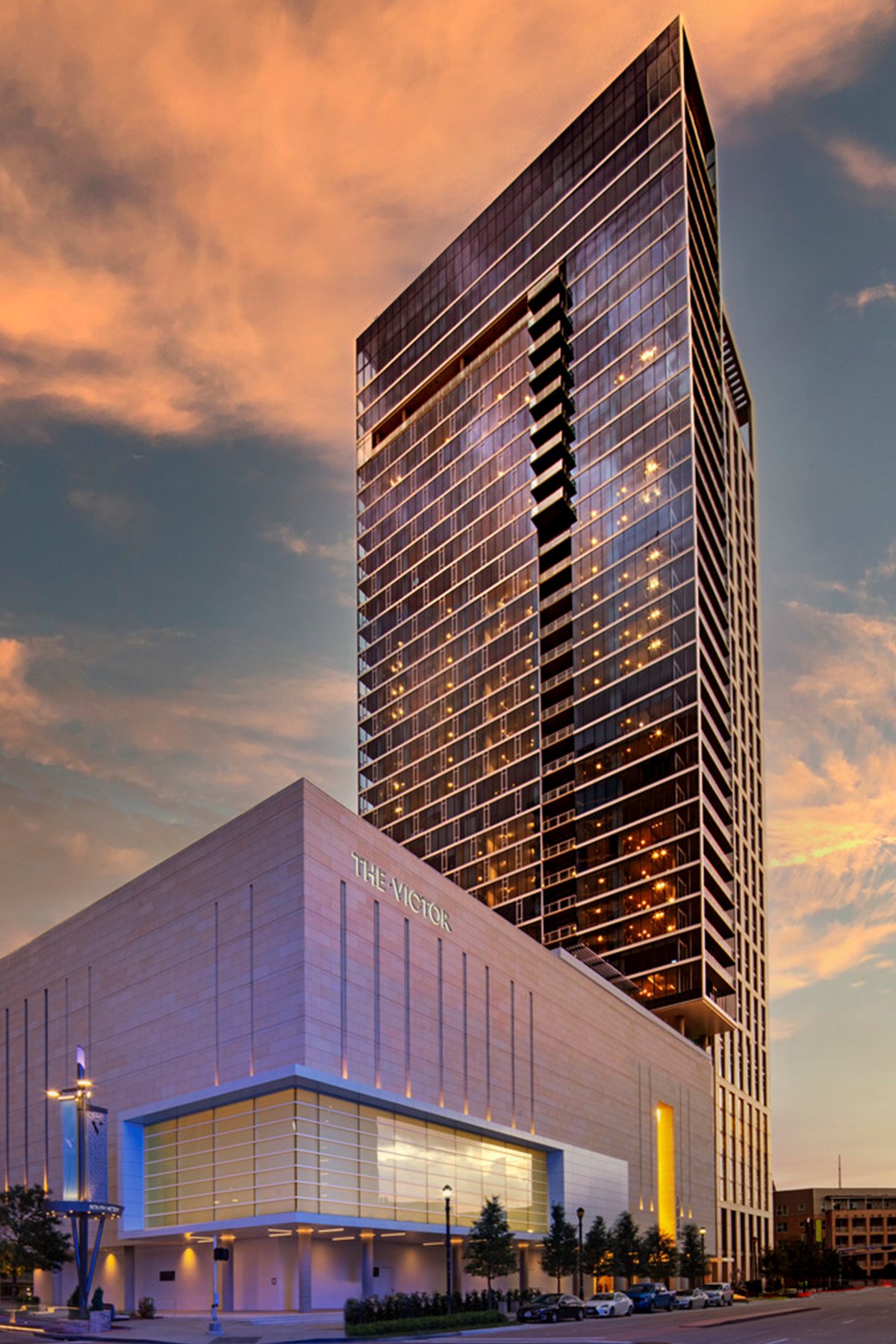WARWICK, R.I. — Municipal officials approved new restrictions on solar developments Monday night, capping off a six-month period of public comment and deliberation over the city’s renewable energy regulations and comprehensive plan. Under the new laws, solar developments are restricted to already-developed commercial and industrial parcels and prohibited in residential areas and green spaces.
“At the last meeting I thought we had a good and important public hearing on this,” council President Stephen McAllister said before the March 21 vote. “We’ve been hearing from constituents for over six months, reaching out and working on these items before us.”
The new laws represent a victory for residents who organized against proposed solar developments at the Valley Country Club, Little Rhody Beagle Club of Rhode Island and the local branch of the Kent County YMCA. Members of the City Council originally proposed an overlay district last year that would have been much more permissive of ground-mounted solar development. The ordinance was pulled at then-incoming Mayor Frank Picozzi’s request.
The City Council in November voted to freeze all new solar development for six months, to give the city time to draw up new regulations and solicit public feedback. The Planning Department, led by director Tom Kravitz, solicited public feedback and proposed the inclusion of carport solar canopies as part of the new ordinance.
Residents during the public comment process expressed concerns over clear-cutting lands, preserving open space and noise.
“We have plenty of everything in this city except woodlands,” resident Barbara Walsh said at a Dec. 8 Planning Board meeting. “We don’t have enough green space in this city.”
The Planning Board issued an advisory opinion to the City Council in January to pass the ordinance as is. The council voted to approve the first passage of the solar ordinance and comprehensive plan change amendments at the end of a two-and-a-half hour meeting March 8.
Solar developer Greg Lucini, CEO of ISM Solar, was one of the few to speak out against the restrictions.
“Would I rather have solar or trees in my backyard? Of course I’m going to say I want trees, no doubt about it. The problem is trees aren’t an option,” he said.
ISM Solar was the chief developer behind the proposed projects at the Valley Country Club, Little Beagle Club and Kent County YMCA.
Tony Roderick, president of the Little Rhody Beagle Club, told council members the club had an aging and dwindling membership and was rapidly approaching insolvency. The proposed solar array would occupy a third of the 100 acres the club owns.
“If we cannot lease our land to responsible solar, the future of preservation will be required to sell it immediately and permanently to residential construction,” he said.
Residents whose property abuts solar development said it affects the quality of life and property values. Ground-mounted solar arrays traditionally move to follow the sun during the day and, according to residents, the noise they generate can vary.
Crystal Roberts lives in an apartment building abutting a solar facility on East Avenue.
“It has impacted the health, peace and well-being of my neighbors and myself by way of such hazardous and continuous pulsing noise that can be easily heard emitting at all hours from the solar array’s inverter box,” said Roberts in written testimony to the council.
Other residents stressed the problem was not solar development, but permitting them near where people live.
“The new policies do not eliminate solar from the toolbox … the policies advanced in the new ordinance could support up to 350 megawatts of solar development on commercial properties, industrial properties, contaminated sites, parking lots and rooftops,” resident Bob Oberg said.





